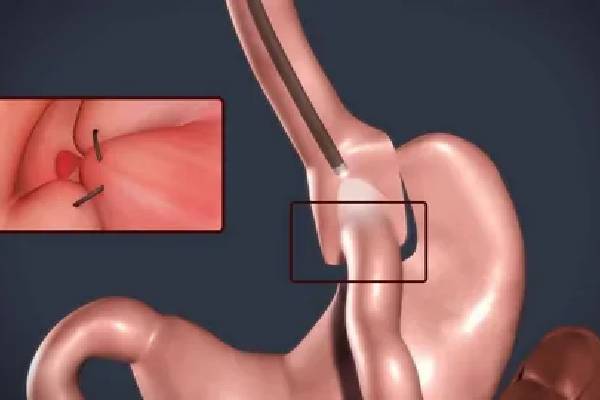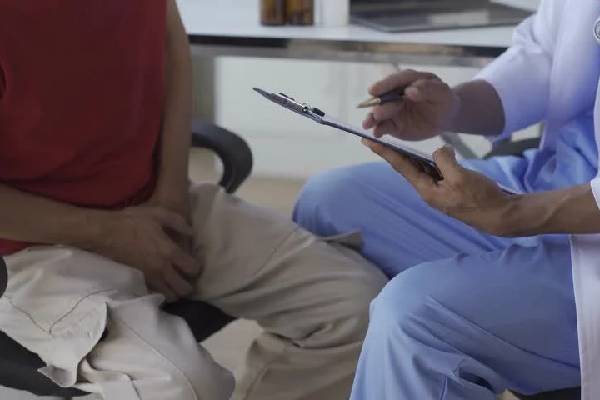When it comes to using an oxygen concentrator for home, understanding its power requirements is essential for ensuring uninterrupted oxygen therapy. These devices, which play a crucial role in managing respiratory conditions, need a reliable power source to function effectively. In this blog, we’ll explore the power requirements for home oxygen concentrators, including details about how much electricity they consume, the importance of backup power, and specific considerations for Inogen concentrators. By the end of this article, you’ll have a clear understanding of how to manage your concentrator’s power needs, ensuring your health and safety.
How Much Power Does an Oxygen Concentrator for Home Use?
Understanding Power Consumption
The power consumption of an oxygen concentrator for home use varies depending on the model and brand. Generally, most home oxygen concentrators require between 300 to 600 watts of electricity to operate. This is comparable to running a refrigerator or a desktop computer. However, the exact power usage can differ based on the device’s settings, such as the flow rate of oxygen and whether it’s a continuous flow or pulse dose model.
Continuous Flow vs. Pulse Dose
A continuous flow oxygen concentrator delivers a steady stream of oxygen and typically consumes more power than a pulse dose model, which only provides oxygen when the user inhales. For instance, an Inogen concentrator, known for its efficiency, may use less power in pulse dose mode, making it more energy-efficient for home use.
Calculating Your Energy Costs
To understand the impact of your oxygen concentrator on your energy bill, you can calculate its monthly power consumption. Multiply the wattage by the number of hours you use the device daily, then by 30 days. Divide by 1,000 to convert to kilowatt-hours (kWh), which is how electricity usage is measured on your bill. This gives you a clearer picture of how much electricity your concentrator is consuming.
Importance of Backup Power for Home Oxygen Concentrators
Why Backup Power is Essential
For those relying on an oxygen concentrator for home, a power outage can be more than just an inconvenience—it can be life-threatening. Therefore, having a reliable backup power source is crucial to ensure continuous oxygen supply during unexpected outages.
Types of Backup Power Options
- Portable Generators: A portable generator can be an effective backup for your oxygen concentrator. Ensure the generator is powerful enough to handle the wattage of your concentrator and has enough fuel to last through an outage.
- Uninterruptible Power Supply (UPS): A UPS system provides short-term power during an outage, giving you enough time to either connect to a generator or move to a location with power. Inogen concentrators, with their portable design, can be easily connected to a UPS for temporary use.
- Battery Backup: Some concentrators, especially portable ones like Inogen, come with built-in battery packs or external battery options. These batteries can last several hours, depending on usage, providing a critical lifeline during power interruptions.
Regular Maintenance and Testing
Regularly test your backup power systems to ensure they are functioning correctly. This includes running your generator and checking the battery life of your oxygen concentrator. Keep in mind that batteries degrade over time, so they may need replacement after a few years.
Special Considerations for Inogen Concentrators
Energy Efficiency of Inogen Concentrators
Inogen concentrators are designed with energy efficiency in mind, making them ideal for home use. Their power consumption is generally lower than many traditional home concentrators, particularly in pulse dose mode. This not only saves on energy costs but also makes Inogen a convenient option for users who travel frequently or need a portable solution.
Powering Inogen Concentrators on the Go
For users who are often on the move, Inogen concentrators offer versatile power options. In addition to standard AC power, Inogen devices can be powered via DC outlets in vehicles or through external batteries. This flexibility ensures that you can maintain your oxygen therapy regimen no matter where you are.
Battery Management for Inogen Concentrators
Managing the battery life of your Inogen concentrator is essential, especially if you rely on it as a backup power source. Ensure that your batteries are fully charged before use and consider investing in extra batteries for extended periods away from home. Regularly check the battery’s health and replace it as necessary to ensure it remains reliable.
Conclusion
Understanding the power requirements of your oxygen concentrator for home is essential for maintaining your health and safety. By knowing how much electricity your device consumes, preparing for power outages with appropriate backup options, and considering the specific needs of Inogen concentrators, you can ensure continuous and reliable oxygen therapy at home. Proper management of your oxygen concentrator’s power needs not only provides peace of mind but also helps you avoid any interruptions in your oxygen supply, allowing you to focus on your health and well-being.







Leave a comment
Your email address will not be published. Required fields are marked *